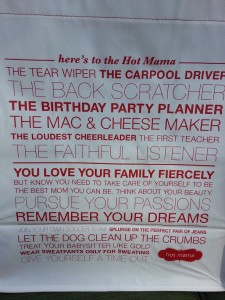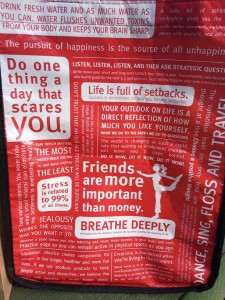
Here at MonkeyBar Management, we have (precious few) guiding principles.
One of them essentially is, “When we don’t do it right, we make it right.”
(Another is that we don’t work with bullies or jerks, but that’s the subject for another post.)
In case you missed it, in advertising news this week, Arby’s somehow had missed honoring a detail of their advertising deal with PepsiCo: feature Pepsi alongside Arby’s food in two commercials. (That specification was likely in “the fine print,” and clearly it had fallen off of someone’s radar screen and it got missed. It happens.)
And someone at PepsiCo (rightly) called them on it.
Arby’s did three things:
1) they acknowledged the mistake
2) they collaborated with their agency to fix it in a way that didn’t jeopardize all their other creative efforts
3) they took a risk to be human
Their agency (Fallon) went out on a limb and suggested a new ad (if I had to guess, crafted by a probably exhausted and possibly frustrated creative team). An ad that could have been rejected by “the suits,” but one which the savvy humans on the team Arby’s (and then Pepsi) both agreed to run:
And it’s kind of brilliant*.
(*Brilliant, if you know the backstory. But even if you don’t, it surely accomplishes MORE THAN the letter and the spirit of their agreement with PepsiCo, which surely was the primary audience for this “fix it” job.)
How you behave when you’ve screwed something up is a measure of who you are.
Do you reluctantly fix it, or do you go above and beyond?
Do you “blamestorm,” bluster, make excuses and generally become a pain to work with?
Do you awkwardly try to cover up the goof, or do you own it, ask for forgiveness, and make it right?
When you have the opportunity to make it right, make it memorable.
Don’t just make it right — make it better.








